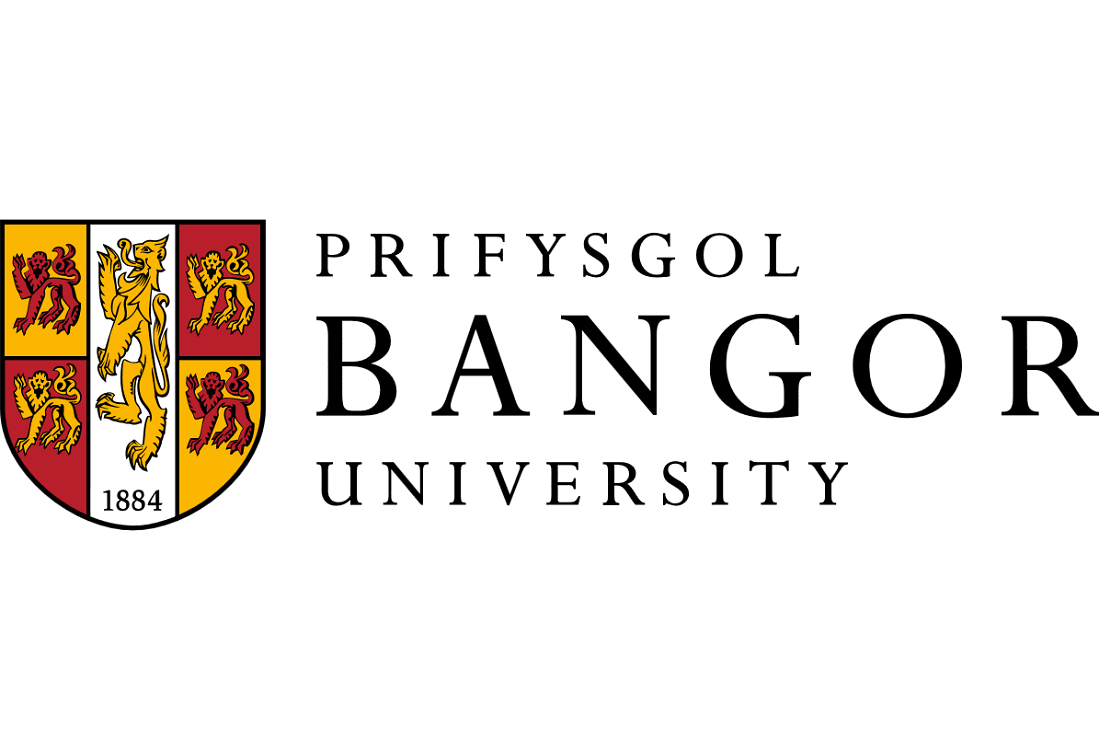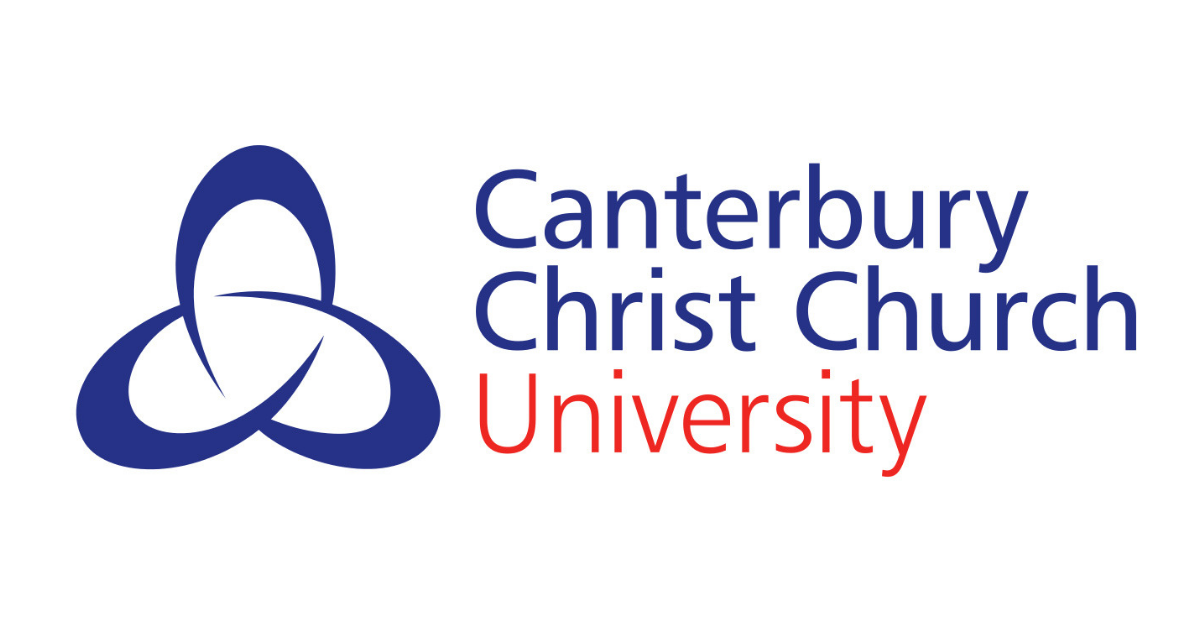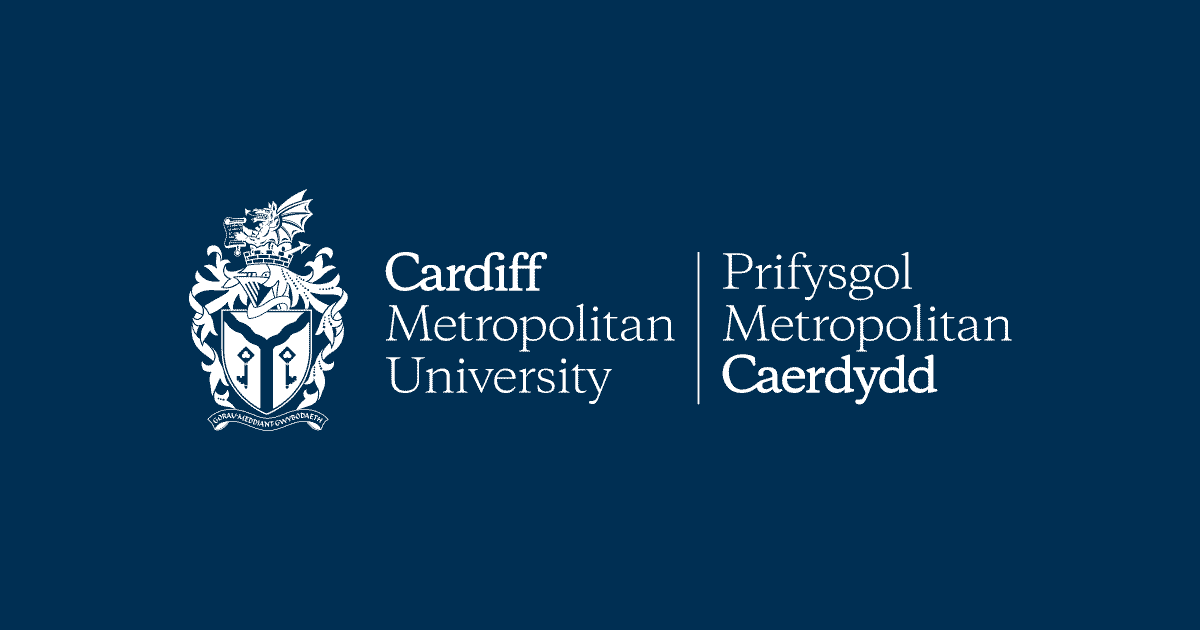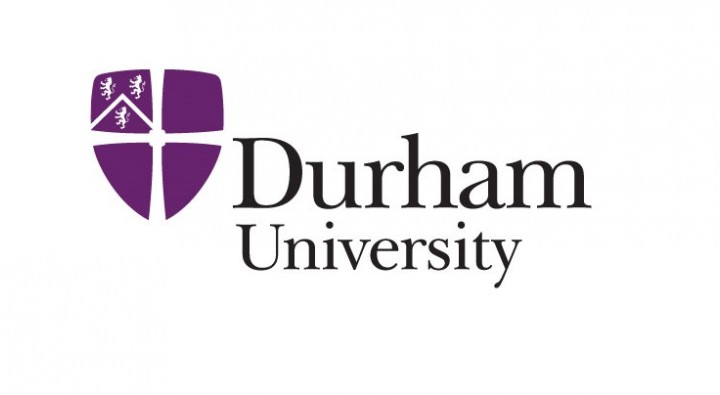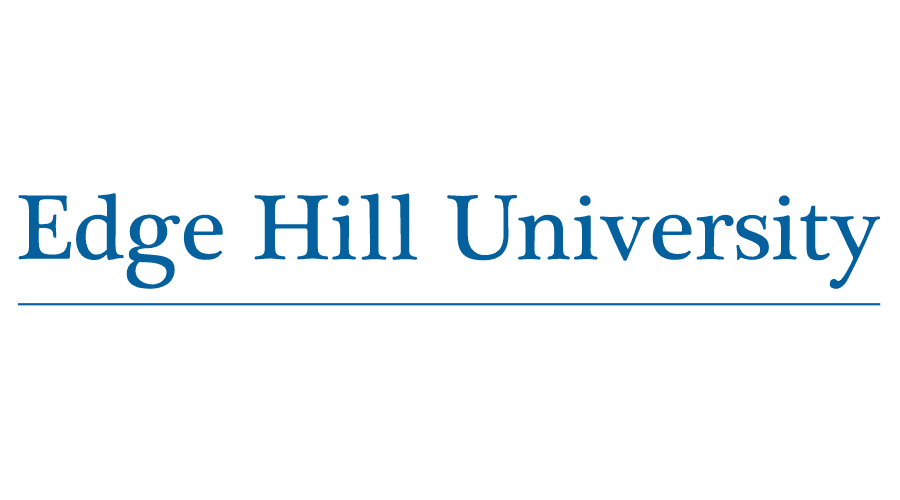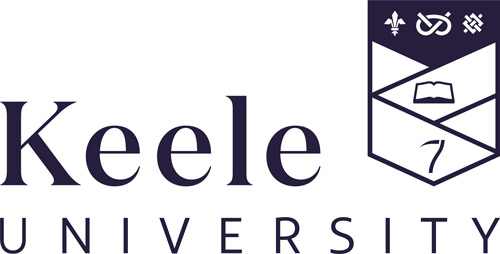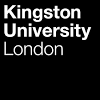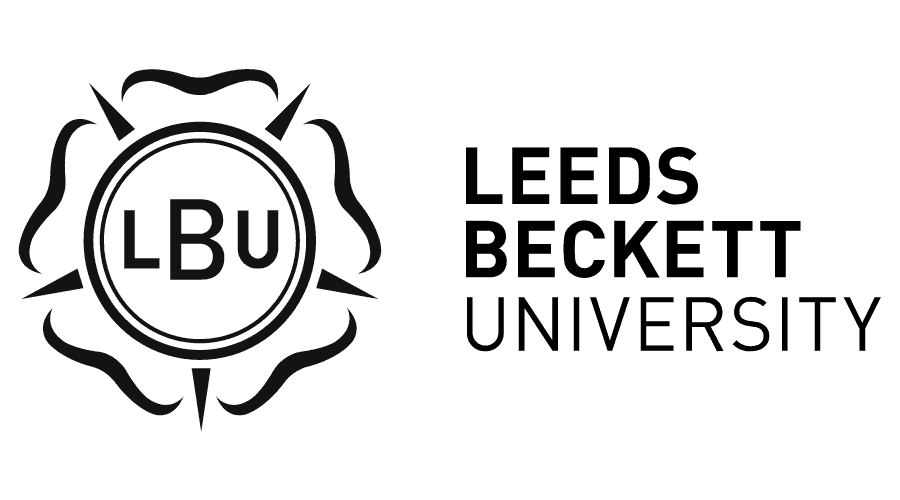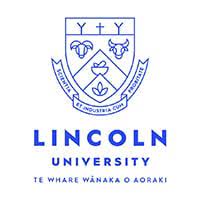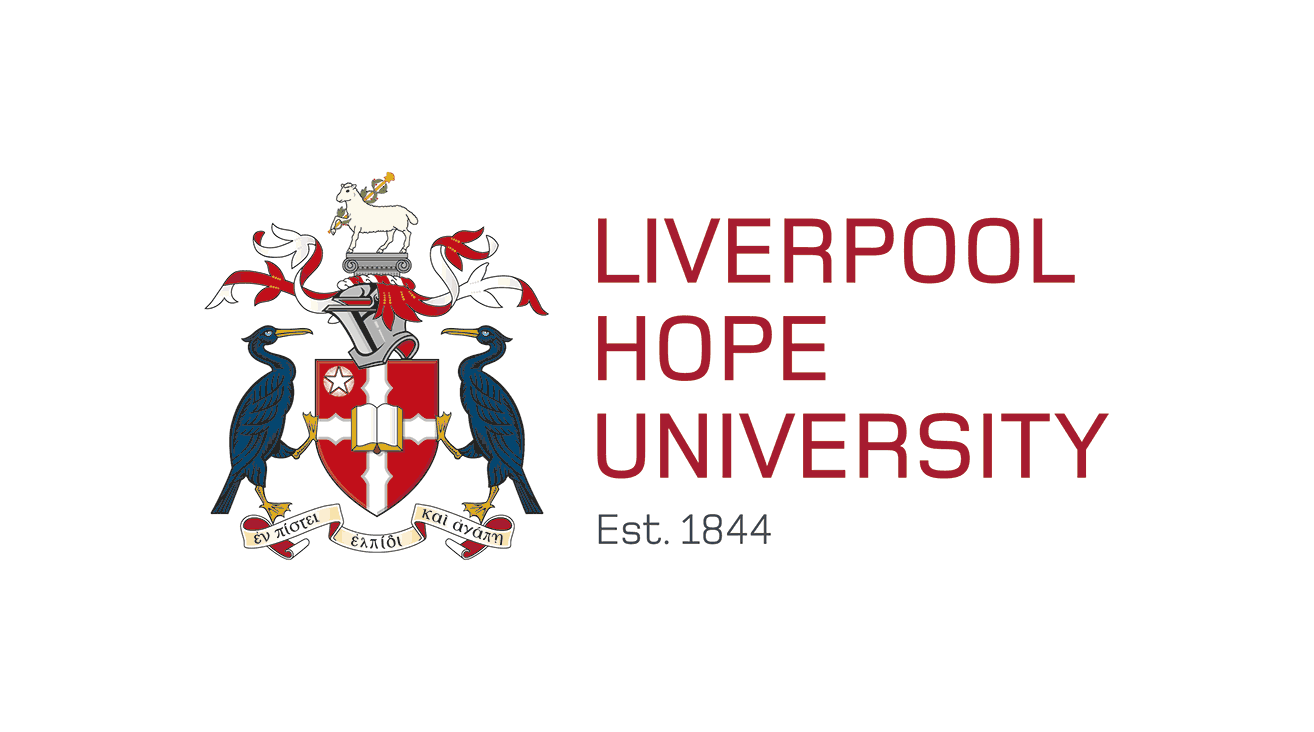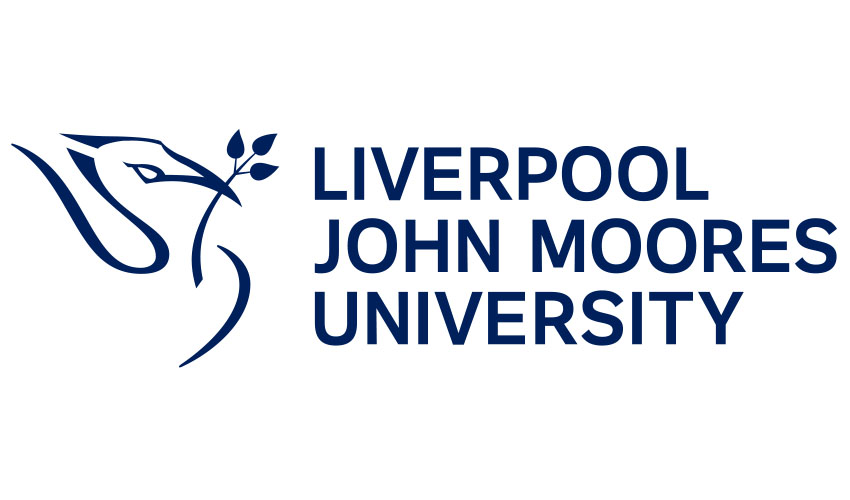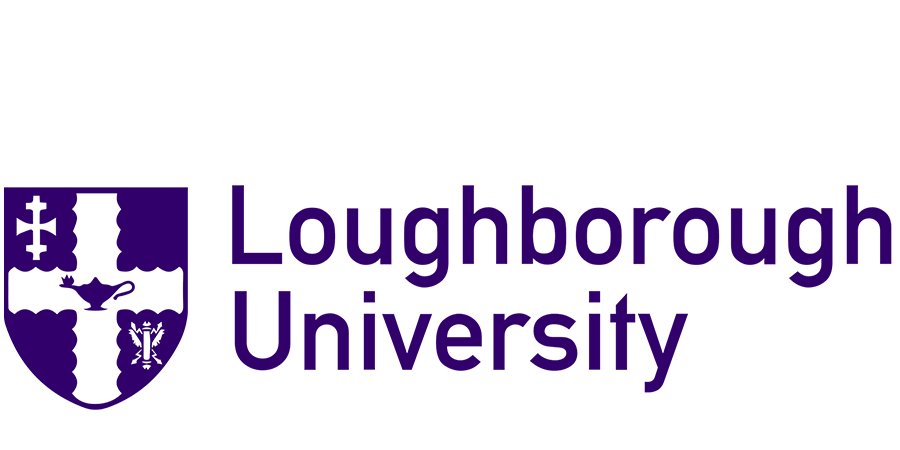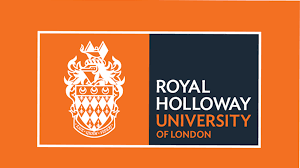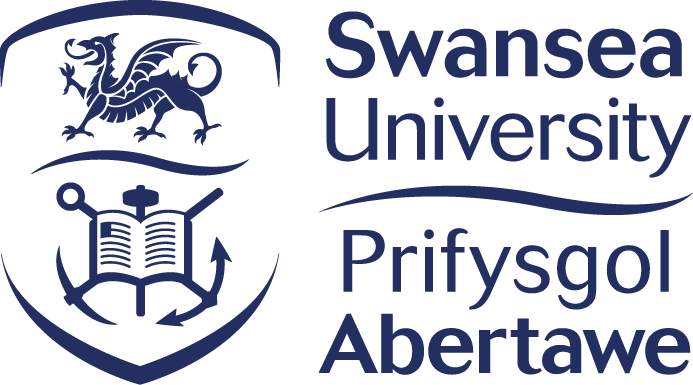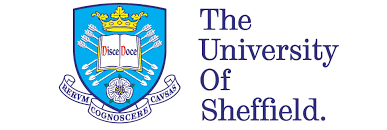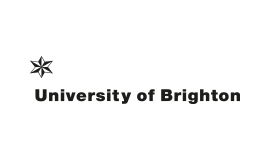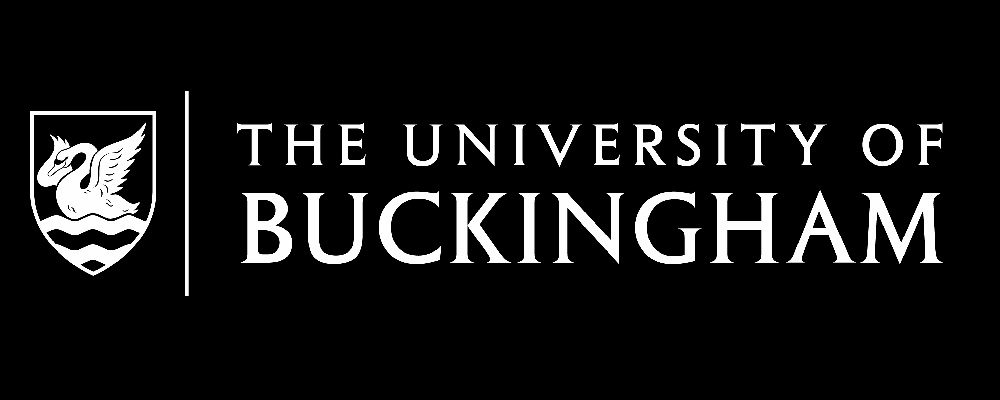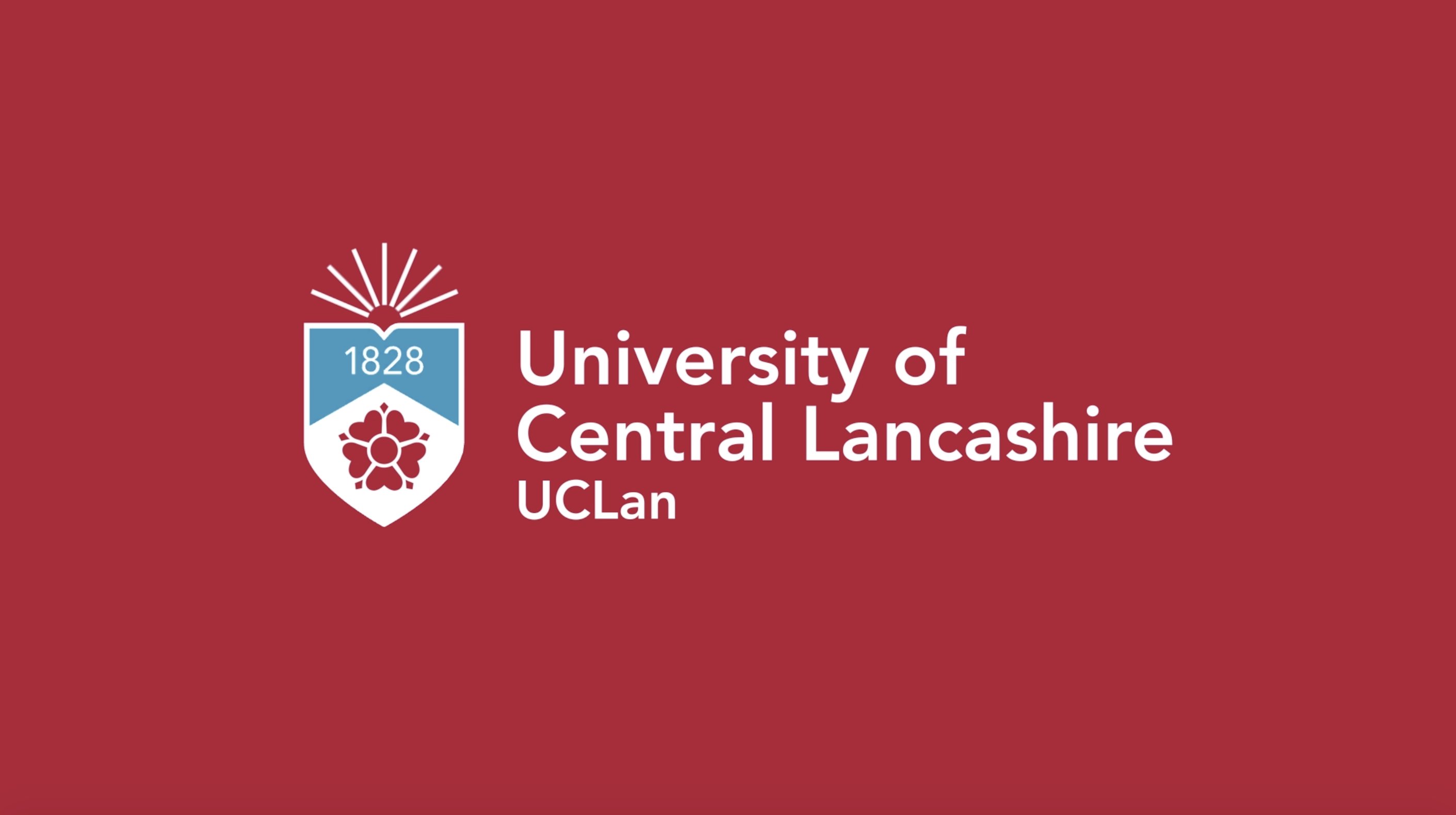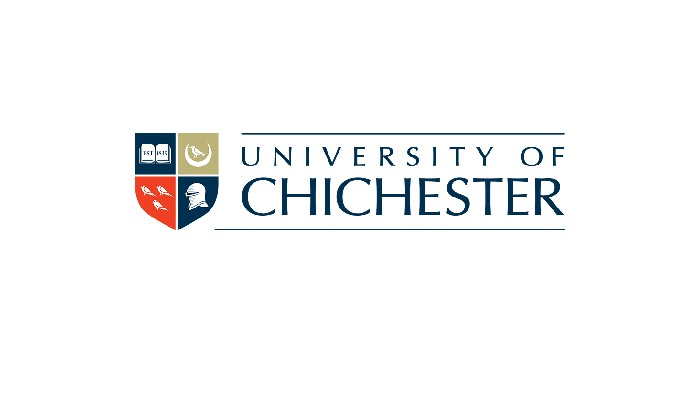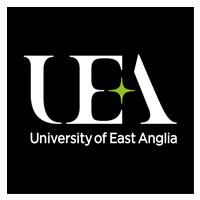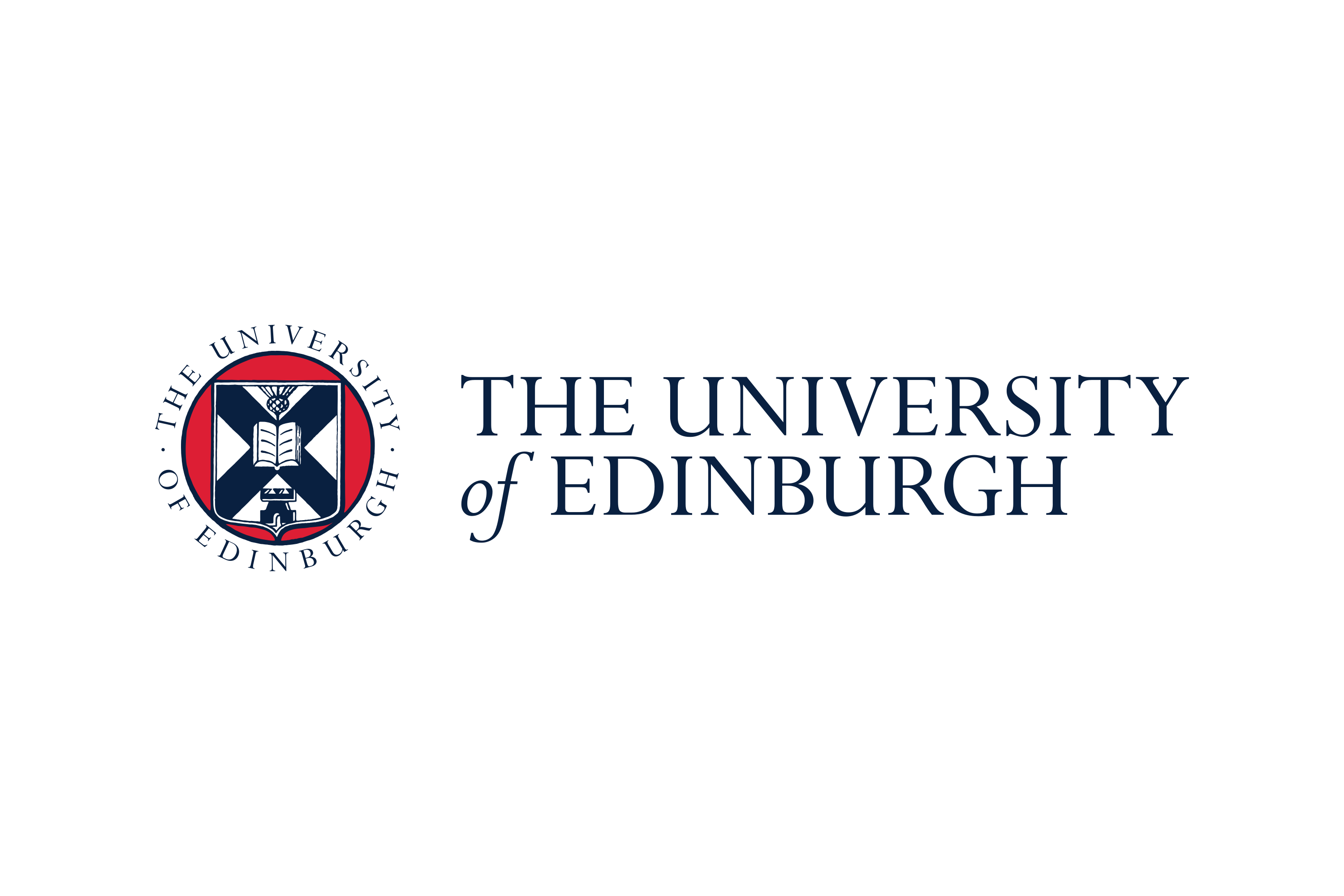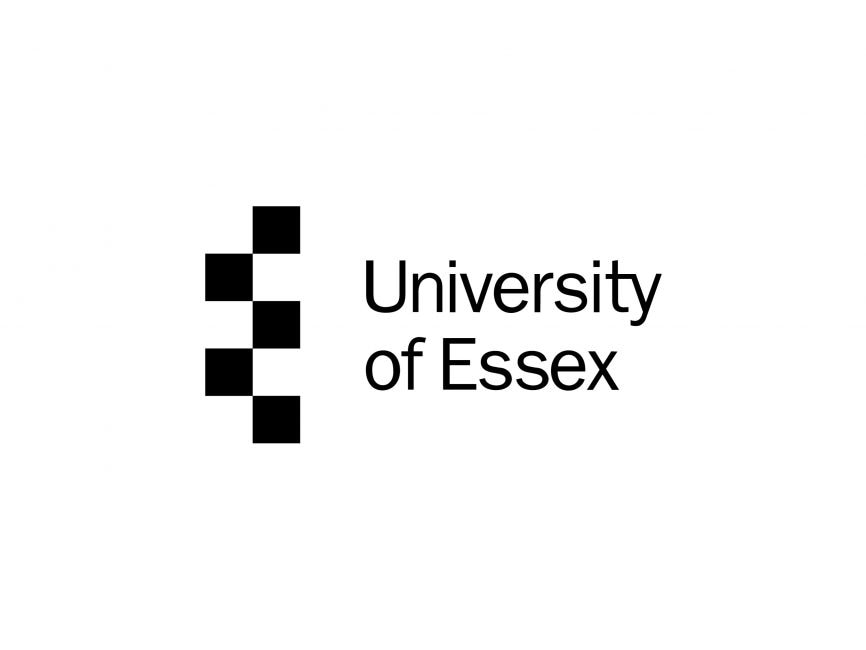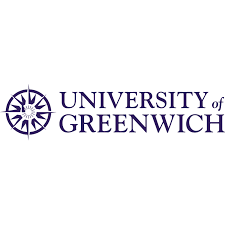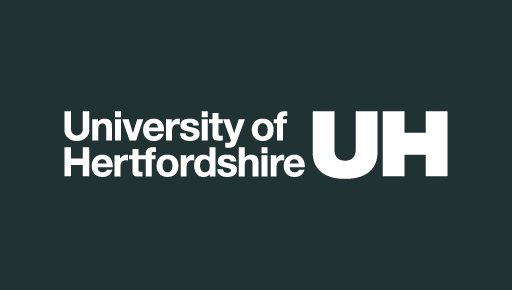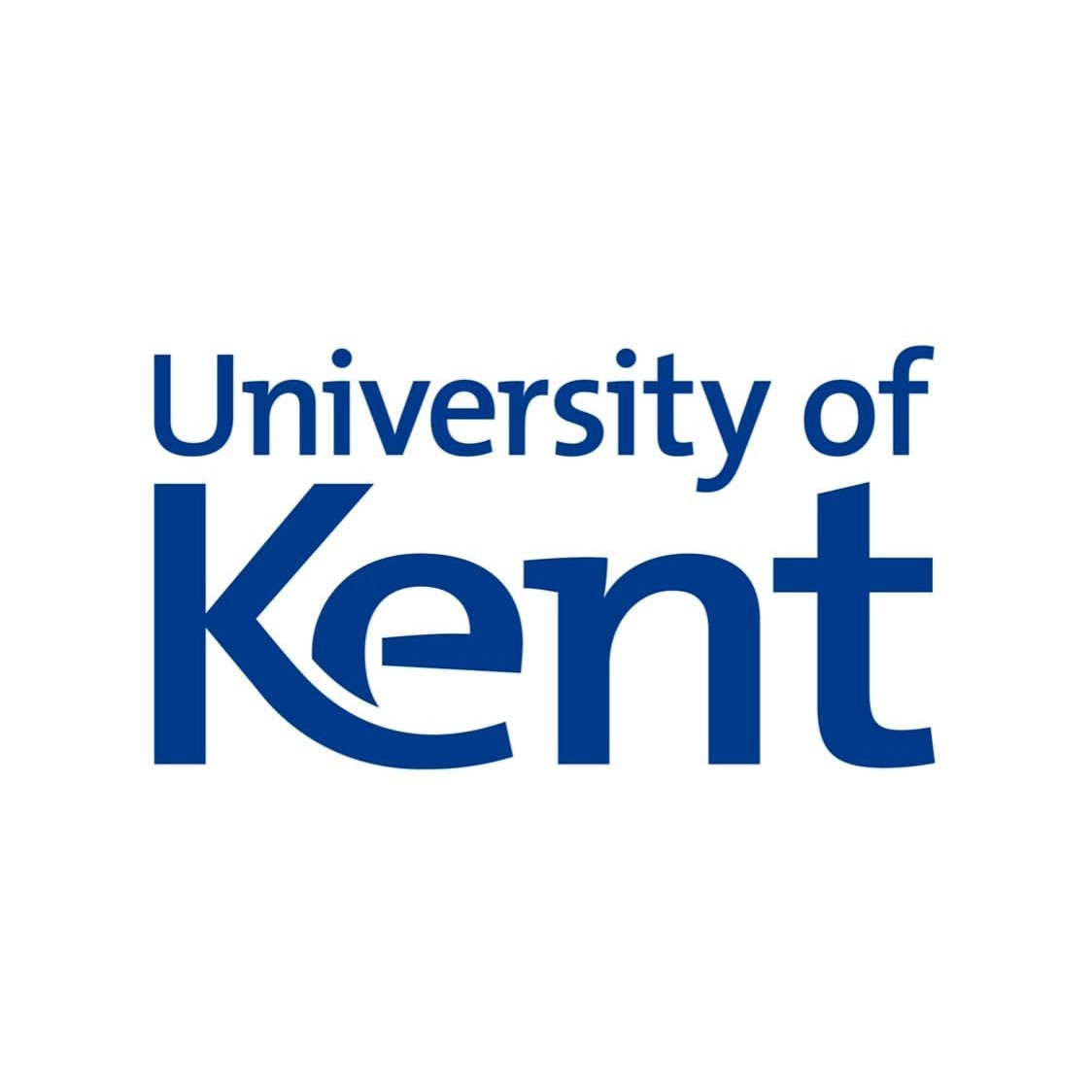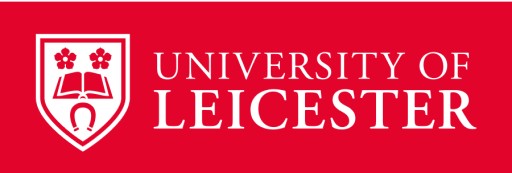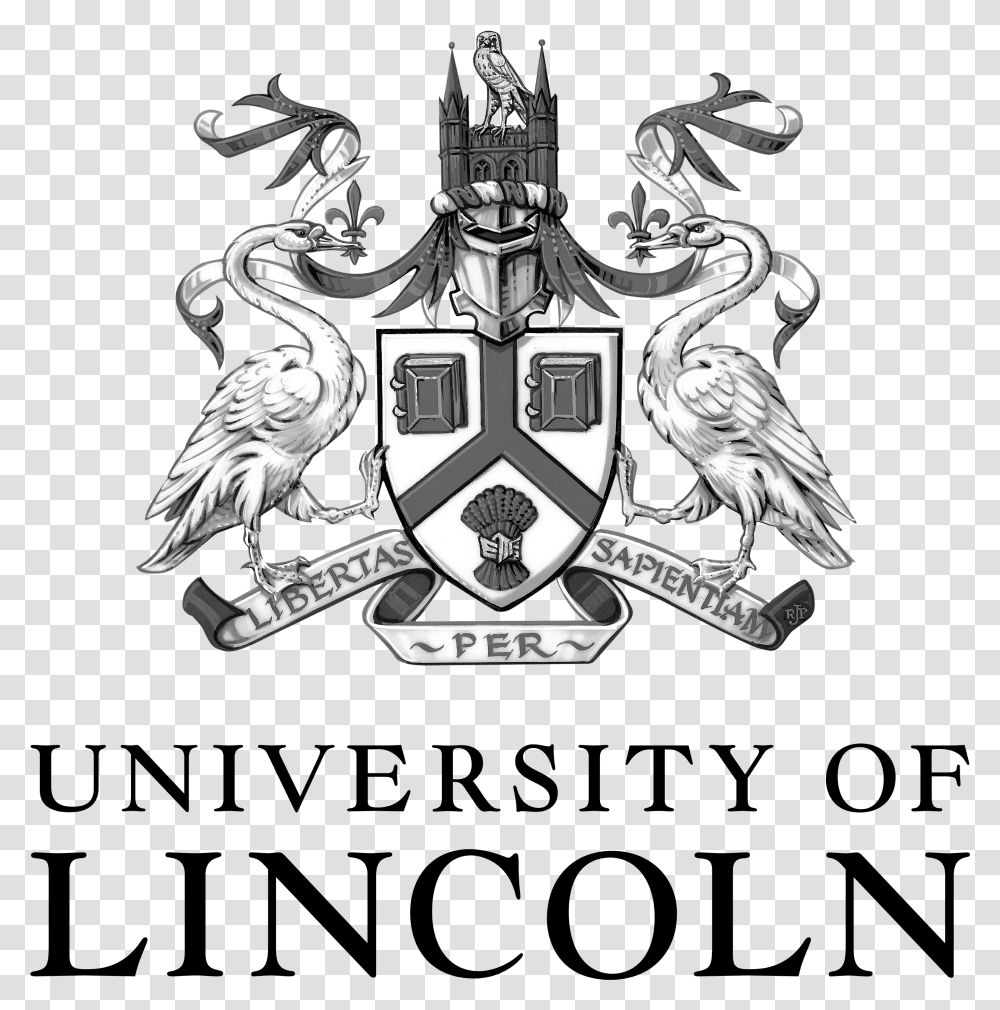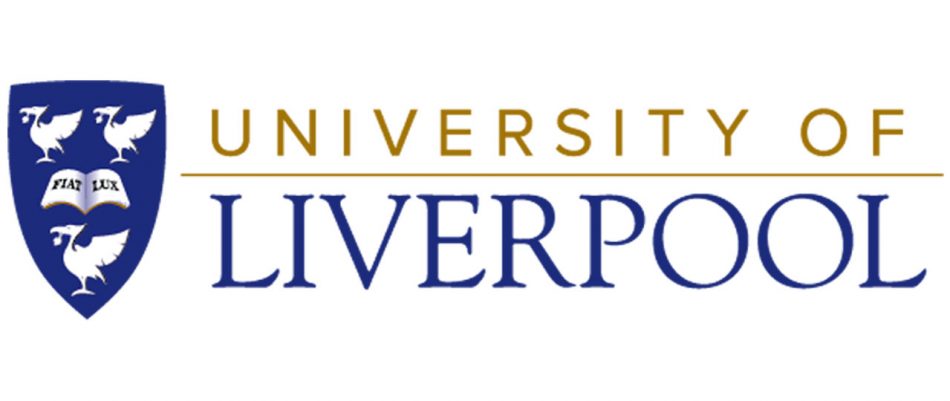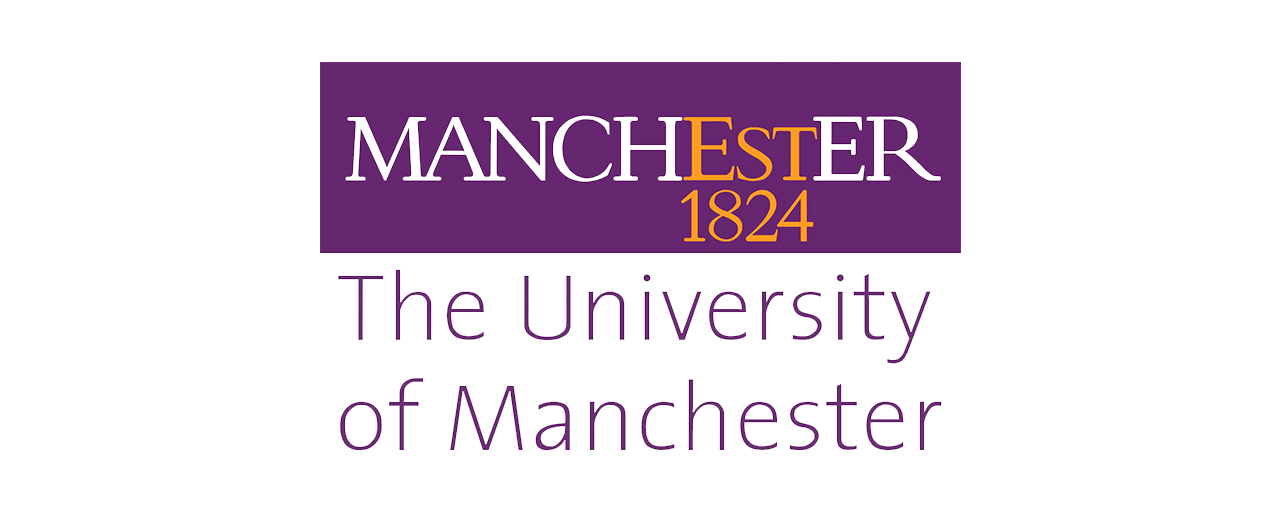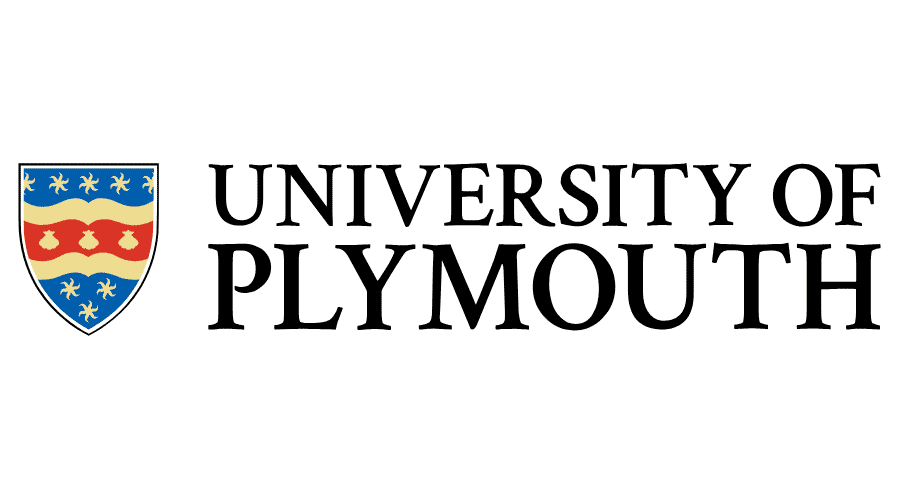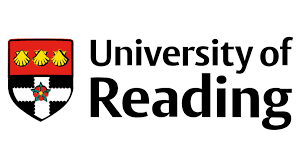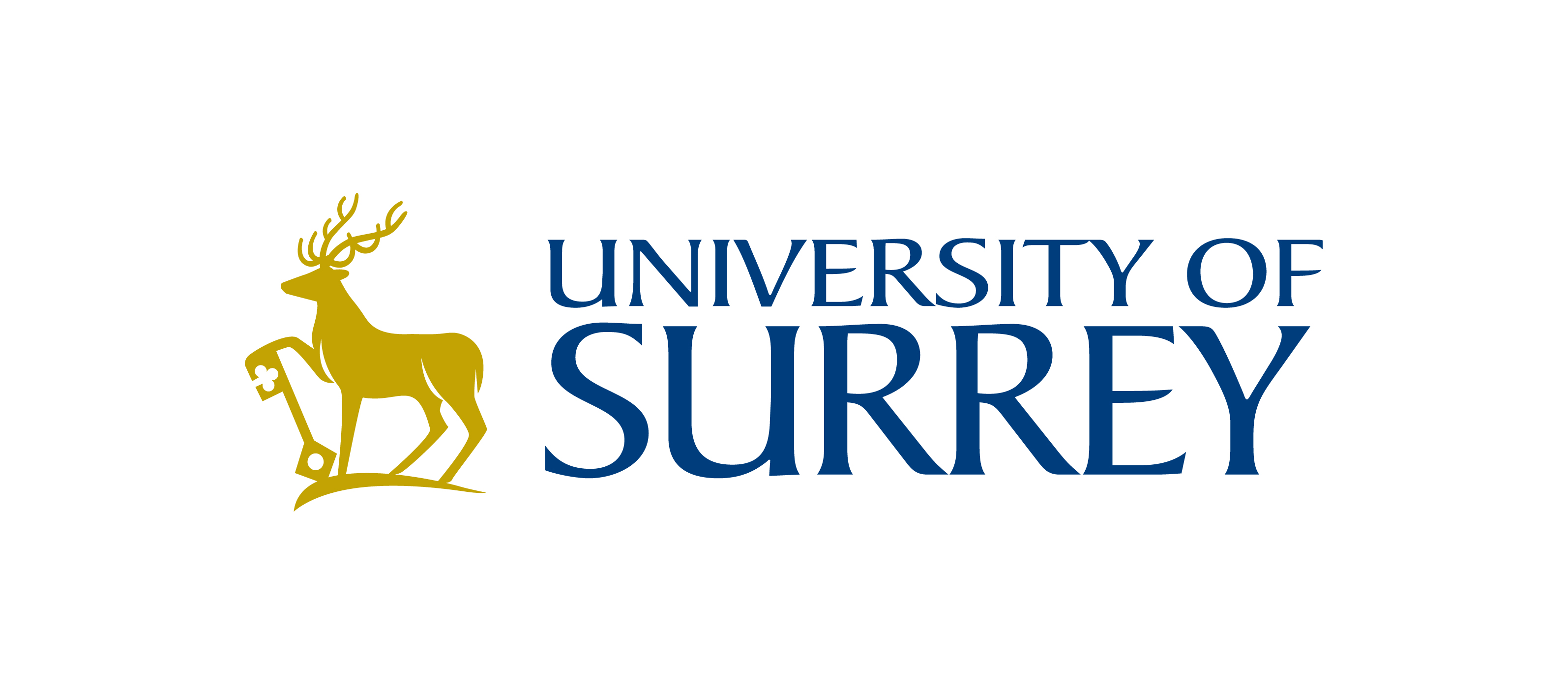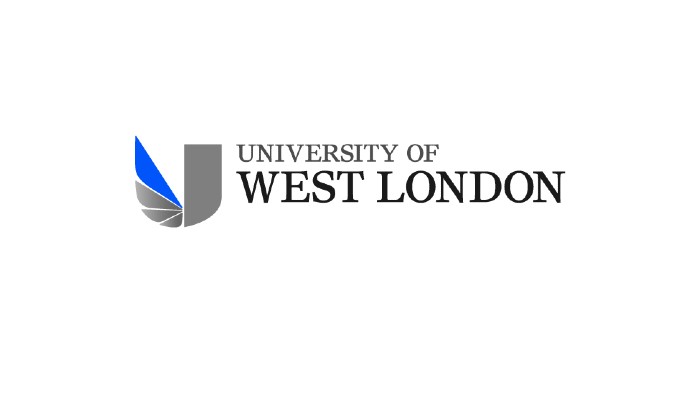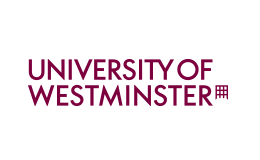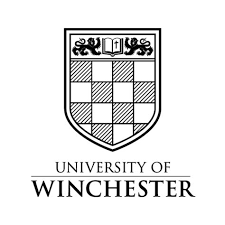Study English Literature Abroad: Unlock a World of Stories and Insights
Embark on an enriching journey into the world of words, narratives, and cultural expressions by studying English Literature abroad. For Indian students aspiring to explore global perspectives, this course offers a profound understanding of literary masterpieces from Shakespeare to contemporary authors. Whether you're passionate about poetry, novels, or drama, pursuing English Literature overseas combines academic rigor with immersive cultural experiences, making it an ideal choice for broadening your horizons.
From the misty moors of Victorian England to the vibrant diasporic voices in modern literature, English Literature transcends borders. It's not just about reading books; it's about analyzing human experiences, honing critical thinking, and developing a global worldview. For students from India, where English is a bridge language, this field opens doors to prestigious universities in countries like the UK, USA, Canada, and Australia, fostering skills that are invaluable in today's interconnected world.
Why Study English Literature Abroad?
Studying English Literature abroad provides unparalleled advantages, especially for Indian students seeking to enhance their employability and cultural fluency. Here's why this course stands out:
- Global Exposure: Dive deep into the origins of English literature while experiencing the cultures that shaped it. Walk the streets of London or explore American campuses where iconic works were born.
- Enhanced Language Proficiency: Beyond textbooks, you'll engage in discussions, debates, and creative writing, refining your English skills to a native-like level—crucial for Indian students aiming for international careers.
- Interdisciplinary Learning: Connect literature with history, philosophy, and social issues, gaining a holistic education that complements India's diverse literary traditions, from Tagore to Rushdie.
- Networking Opportunities: Collaborate with diverse peers and professors, building a global network that can lead to internships, publications, or research collaborations.
- Personal Growth: Literature encourages empathy and critical analysis, helping you navigate cultural differences and adapt to life abroad with confidence.
For Indian students, the appeal is even greater. With English as a key medium in higher education back home, abroad programs offer advanced resources like rare manuscripts and expert faculty, elevating your academic profile for future opportunities in academia, media, or publishing.
Course Overview
English Literature programs abroad are offered at undergraduate (BA), postgraduate (MA), and doctoral (PhD) levels, typically spanning 3-4 years for bachelor's and 1-2 years for master's. These courses emphasize close reading, textual analysis, and theoretical frameworks, blending classic and contemporary texts.
Most programs follow a semester system, with a mix of lectures, seminars, and independent research. Entry requirements include a strong academic record (usually 60-70% in Class 12 or equivalent for undergrad), IELTS/TOEFL scores (6.5+ overall), and a personal statement showcasing your passion for literature. For Indian students, many universities recognize CBSE/ICSE boards, making the transition seamless.
| Level | Duration | Key Focus | Typical Credits |
|---|---|---|---|
| BA in English Literature | 3-4 years | Foundational texts, literary history, creative writing | 120-180 credits |
| MA in English Literature | 1-2 years | Specialized genres, criticism, research methods | 30-60 credits |
| PhD in English Literature | 3-5 years | Original thesis, advanced seminars | Thesis-based |
This structure ensures a progressive learning path, allowing you to specialize in areas like postcolonial literature, which resonates deeply with Indian perspectives on identity and empire.
Curriculum Highlights
The curriculum is designed to be dynamic, covering a broad spectrum of literary periods and themes. Expect a balance between canonical works and diverse voices, including those from South Asia and beyond. Core modules often include:
- Medieval and Renaissance Literature: Explore Chaucer's tales and Shakespeare's tragedies, understanding the evolution of English drama.
- Romantic and Victorian Era: Delve into Wordsworth's poetry and Dickens' social critiques, analyzing themes of industrialization and emotion.
- Modern and Postmodern Literature: Study Joyce, Woolf, and postcolonial authors like Salman Rushdie, examining fragmentation and identity.
- American Literature: From Twain's adventures to Morrison's narratives on race, tracing the American literary tradition.
- World Literature in English: Include global anglophone works, such as Ngũgĩ wa Thiong'o or Arundhati Roy, highlighting translation and cultural hybridity.
- Theory and Criticism: Learn feminist, Marxist, and postcolonial theories to interpret texts critically.
- Electives: Options like creative writing workshops, film adaptations, or digital humanities, tailored to your interests.
Assessment methods vary: essays (40-50%), exams (20-30%), presentations (10-20%), and a final dissertation (20-30%). Many programs incorporate field trips to literary landmarks, enhancing your experiential learning.
Skills You'll Develop
English Literature isn't just about books—it's a toolkit for life. By the end of your program, you'll gain:
- Critical Thinking: Analyze complex texts, arguments, and ideas, essential for problem-solving in any field.
- Communication Excellence: Master articulate writing and speaking, boosting your confidence in multicultural settings.
- Research Proficiency: Conduct in-depth literary research using archives and digital tools, a skill prized in academia and beyond.
- Cultural Sensitivity: Understand diverse narratives, fostering empathy—particularly relevant for Indian students engaging with global diasporas.
- Creativity and Innovation: Through writing and interpretation, unleash your imaginative potential for careers in content creation or media.
These skills are transferable, preparing you for a versatile career while enriching your personal growth abroad.
Career Prospects
A degree in English Literature opens diverse pathways, with strong demand in creative, analytical, and communication-driven industries. Graduates often earn competitive salaries, starting at $40,000-$60,000 annually in countries like the USA or UK, with higher potential in specialized roles.
For Indian students, this qualification enhances prospects back home or abroad, especially in India's booming publishing and digital media sectors.
| Career Path | Key Roles | Average Salary (USD) | Growth Potential |
|---|---|---|---|
| Publishing & Media | Editor, Journalist, Content Writer | 45,000-70,000 | High (digital boom) |
| Education & Academia | Teacher, Professor, Curriculum Developer | 50,000-80,000 | Stable, with PhD options |
| Business & Law | Corporate Communications, Legal Writer, HR Specialist | 55,000-90,000 | Excellent (analytical skills) |
| Creative Industries | Author, Scriptwriter, Marketing Consultant | 40,000-75,000 | Dynamic (freelance opportunities) |
Many alumni pursue further studies or roles in NGOs, leveraging literature's focus on social justice.
Top Destinations for Indian Students
Choose from world-renowned hubs that welcome international talent:
- United Kingdom: Universities like Oxford, Cambridge, and UCL offer historic programs. Tuition: £15,000-£25,000/year. Visa: Tier 4 Student Visa.
- United States: Ivy League schools such as Harvard and Stanford emphasize innovative approaches. Tuition: $30,000-$50,000/year. Scholarships abundant via Fulbright.
- Canada: Affordable options at University of Toronto or McGill. Tuition: CAD 20,000-35,000/year. Post-study work permits up to 3 years.
- Australia: Vibrant programs at University of Sydney or Melbourne. Tuition: AUD 25,000-40,000/year. Focus on indigenous and multicultural literature.
- Ireland: Trinity College Dublin for its literary heritage. Tuition: €15,000-€20,000/year. English-speaking environment ideal for Indians.
These destinations provide student support, including Indian student societies and cultural events.
Scholarships and Financial Aid
Funding shouldn't be a barrier. Indian students can access:
- Commonwealth Scholarships: For UK studies, covering tuition and living costs.
- Chevening Scholarships: Full funding for master's in the UK, prioritizing leadership potential.
- Fulbright-Nehru: For US programs, including research grants.
- University-Specific Aid: Merit-based scholarships at most institutions, reducing fees by 20-50%.
- Indian Government Schemes: ICCR scholarships for cultural exchange.
Average living expenses abroad range from $10,000-$15,000/year, but part-time work (up to 20 hours/week) helps offset costs.
How to Get Started
Ready to turn the page? Follow these steps:
- Research Programs: Use our website to compare courses and universities.
- Prepare Documents: Transcripts, SOP, recommendation letters, and language tests.
- Apply: Deadlines vary (September/January intakes); aim for 6-12 months in advance.
- Secure Visa: Gather financial proofs and attend interviews.
- Connect with Us: Our counselors offer free guidance tailored for Indian students.
Studying English Literature abroad is more than an education—it's a transformative adventure. Join thousands of Indian students who've discovered their voice on the global stage. Start your application today and let literature lead the way!



